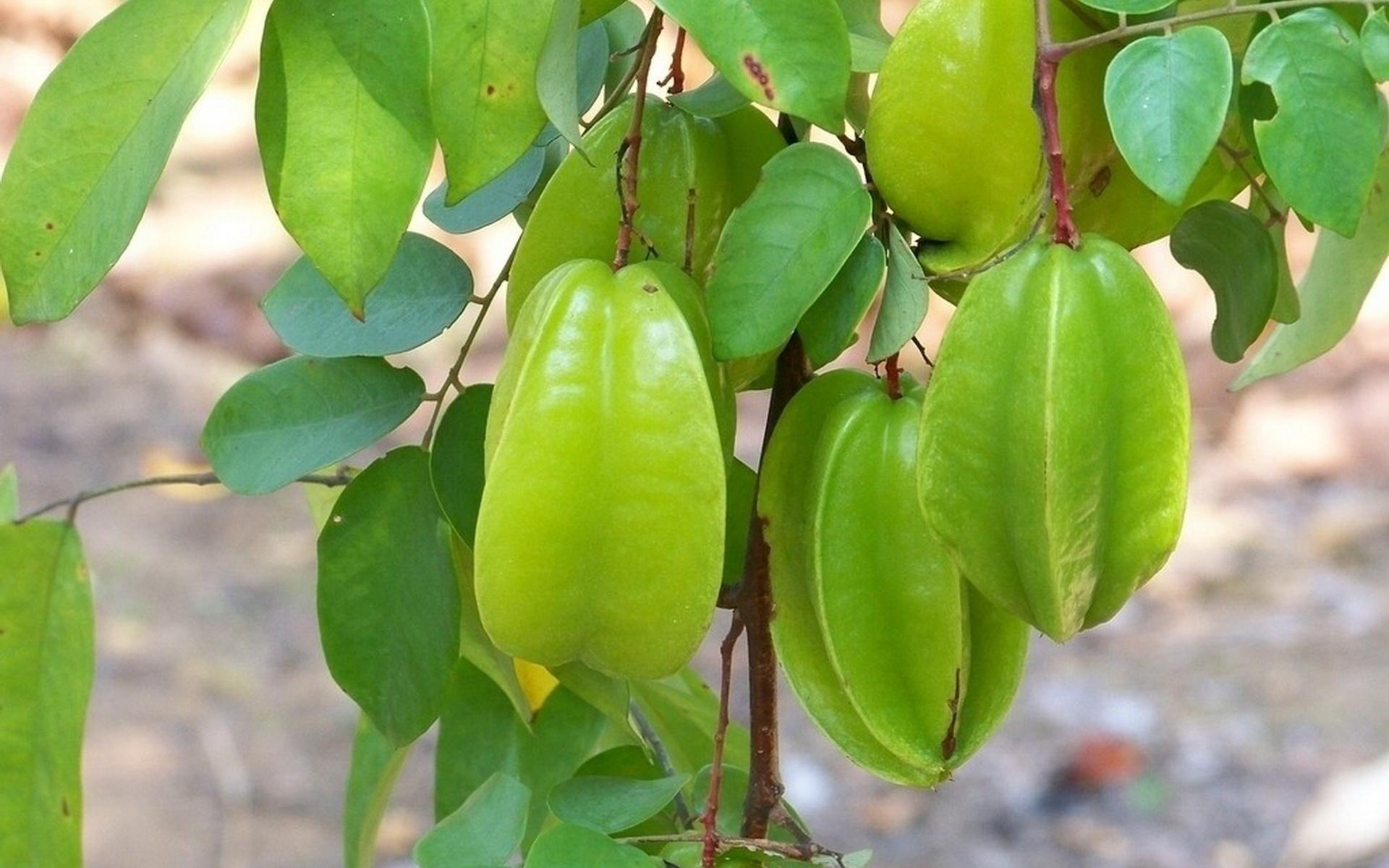Averrhoa carambola seed
Fruiting Height: 4-20 ft.
Sun Exposure: Full Sun/Partial shade
Bloom Color: Pink/White
Bloom Time: Blooms repeatedly
Foliage: Evergreen
Time To Fruit: 2-4 years
Synonims for yellow Sar fruit – Carambola, Averrhoa carambola, five-finger.
Carambolas are cultivated throughout many tropical and warm subtropical areas of the world. Carambolas have been cultivated in southeast Asia (Malaysia, India, Sri Lanka) for centuries, and trees were introduced in Florida over 100 years ago.
The carambola tree is small to medium in height (10 to 33 ft), single or multi-trunked. Carambola trees are evergreen, although when grown in cooler locations, they lose some or all their leaves during the late winter and early spring. Trees grow rapidly in locations protected from strong winds. Carambola trees grow best in warm to hot areas, although they also do well in warm subtropical areas that experience only occasional freezing temperatures. The range of temperatures for best growth and fruiting are 68° to 95°F; trees generally stop growing at temperatures below 65°F. Air temperatures of 30° to 32°F may kill young leaves; young trees, twigs, and mature leaves may be killed at 27° to 29°F. Small branches may be damaged at 25° to 29°F, and large branches and mature trees may be killed at temperatures of 20° to 24°F. Carambola trees have only limited tolerance to drought. Carambola trees generally develop iron, magnesium, and manganese deficiencies when grown in soils with a pH above 7. Symptoms of iron deficiency are interveinal chlorosis (green veins with yellowing in between), reduced leaflet size, and, with severe deficiency, leaflets may become almost white. Symptoms of magnesium deficiency include a mottling of green and yellow areas. Symptoms of manganese deficiency include reduced leaf size and yellowing.
The carambola has two major blooms in south Florida, April through May and September through October. However, some bloom may be found throughout the year. The harvest season is generally from June through February with peaks in fruit production during August through September and December through February. Usually there are a few fruits available throughout the year.
Carambolas are primarily consumed as a fresh fruit. They may be used in fruit salads, as a garnish for meat, salad, and casserole dishes or they may be processed into pickles, sauces, wines, and jellies. The fruit may also be canned, preserved, and dried. The fruit is a good source of potassium. Carambola is also rich in antioxidants and vitamin C; and low in sugar, sodium, and acid. It is also a potent source of both primary and secondary polyphenolic antioxidants.
This is the seedling of the new selection of the Bell variety that is famous for the very pleasant taste sweet fruits and very good production. Fruits are dark yellow-orange when fully ripe.

